India’s space program wants to go where no nation has gone before -– to the south side of the moon. And once it gets there, it will study the potential for mining a source of waste-free nuclear energy that could be worth trillions of dollars.
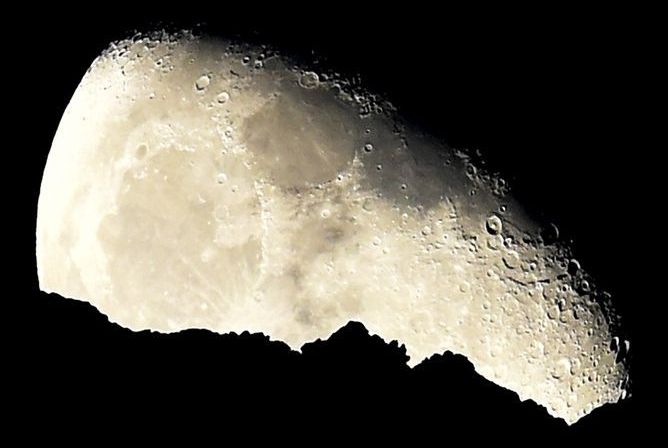

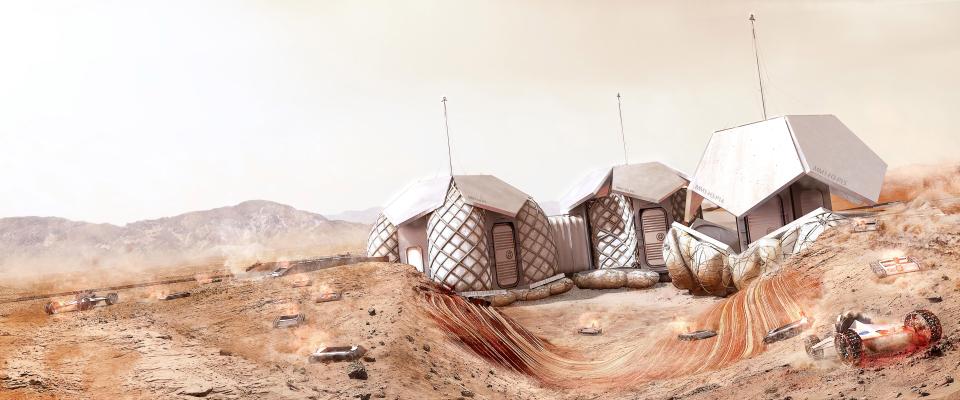
ELON MUSK wants to plump humans on Mars by 2024 and the first batch of settlers could live in 3D-printed home pods that pack hologram computers.
You’ll be able to tour the Red Planet habitat in virtual reality and view a scale model of the sci-fi living space at the Goodwood Festival of Speed next month.
Ever wish you could visit other planets in our solar system without launching on a deep-space mission? Now you can embark on an interplanetary adventure right from the palm of your hand, thanks to gorgeous, 3D-printed planet models and an augmented-reality (AR) app.
Brought to you by AstroReality, the same company that created the “Lunar” AR moon model and its new Earth counterpart, this set includes miniature models of all eight planets and one model of the dwarf planet Pluto. Each model is 1.2 inches (3 centimeters) in diameter and color-printed with a resolution of 0.1 millimeter per pixel.
Without the AR app, you can admire detailed features such as Pluto’s “heart” and Jupiter’s Great Red Spot. But the real extraterrestrial adventure begins when you open the AstroReality app (available for iOS and Android) on your mobile device and point the camera at any of the nine models. [Our Solar System: A Photo Tour of the Planets].
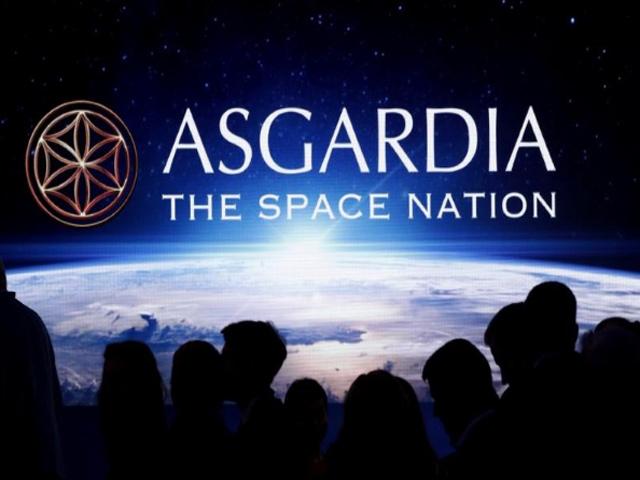
Within 4–5 years Made In Space believes their Archinaut space manufacturing robot and manufacturing mini factory will be making large structures like trusses and reflectors in space.
The Archinaut has an industrial-sized 3D printer, cartridges full of plastics and alloys, and robotic arms programmed to assemble the big items extruded by the printer without any human supervision. All Archinaut parts are able to survive in microgravity and harsh conditions like lunar dust storms and extreme temperatures.
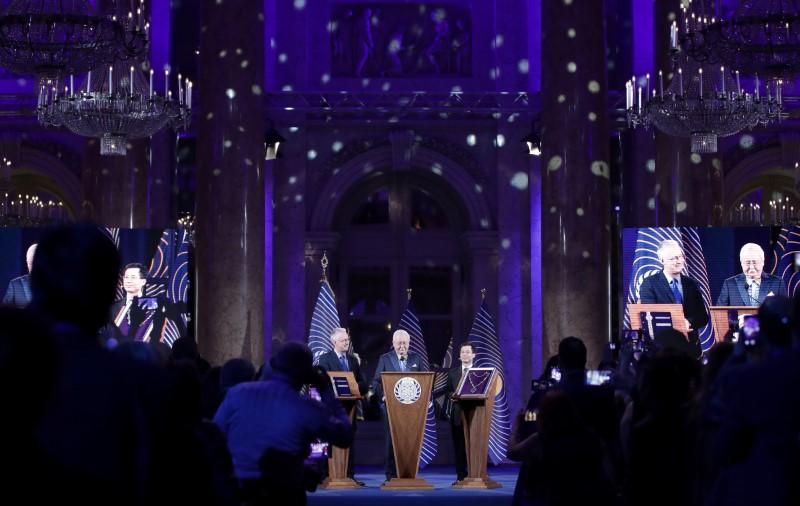
VIENNA (Reuters) — Feel like the world is going to the dogs? Want to get away from it all? Here’s a solution: become a citizen of the nation of Asgardia and hope it makes good on its promise to colonize the moon.
Lembit Opik, Asgardia’s Head of Nation Igor Ashurbeyli and Yun Zhao attend the inauguration ceremony of Asgardia’s first Head of Nation in Vienna, Austria June 25, 2018. REUTERS/Lisi Niesner.

Good update on the science around popular mindfulness apps — “It is vital that we understand the potential benefits of engaging with such apps, and how these compare to programs that are taught in-person…”
Let me ask again…want to feel more Calm, get some Headspace, and practice Mindfulness Daily?
There are apps for that—hundreds of them, besides the three I just mentioned.
These apps make a promise: Rather than investing countless hours and dollars in mindfulness classes or mindfulness-based therapy, we can choose to meditate from the comfort of our smartphones. Users are flocking to mindfulness apps in hopes of cultivating kind attention to their own thoughts and feelings, and of reaping the mental and physical benefits that go along with mindfulness.
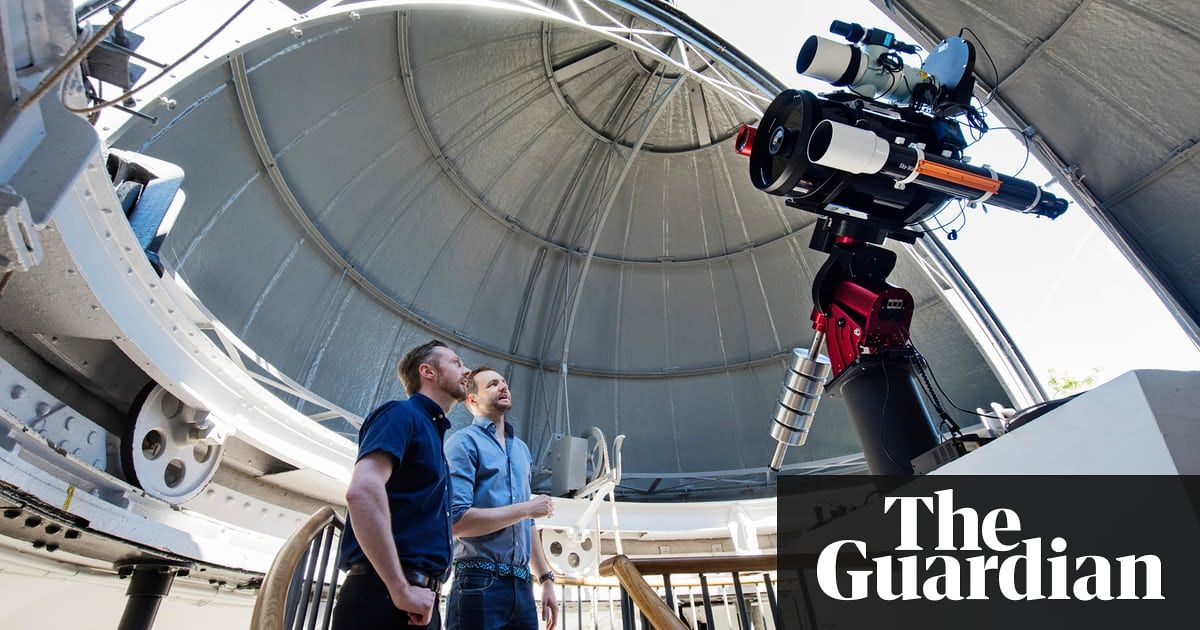
Cutting-edge telescope makes Greenwich a working observatory for the first time in 60 years.
Ian Sample Science editor.
They seem perfectly suited to the harsh conditions of the Red Planet.
Cyanobacteria can convert CO2 into oxygen in some of the most inhospitable conditions on Earth, meaning they might be able to do so on Mars, too.
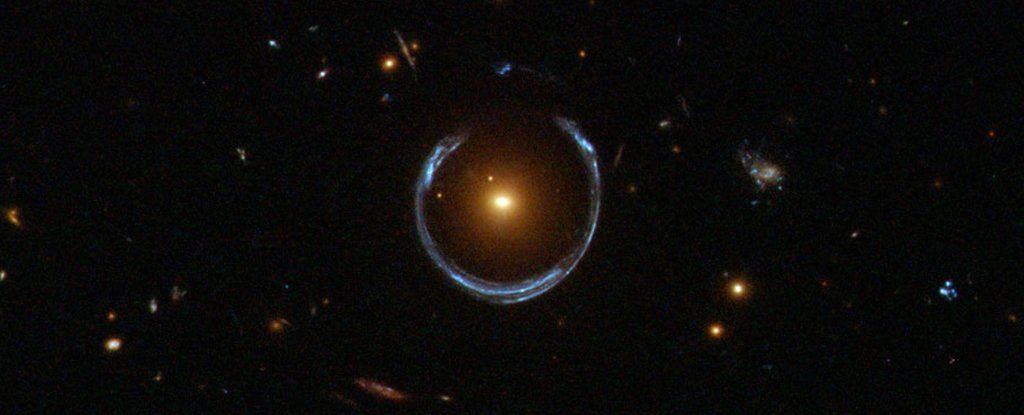
Einstein’s theory was validated on a galactic scale.
The curvature of empty space caused by an entire galaxy has now been pinned down with unprecedented precision, demonstrating Einstein’s theory of general relativity still rules on a super-sized scale.
Not that anybody is seriously surprised. But on the off chance the results had failed to meet expectations, they might have provided insight into some of the Universe’s biggest mysteries. It can be so boring being right in science.
Astronomers combined data from the European Southern Observatory’s Very Large Telescope and NASA’s Hubble Space Telescope to examine how light was warped by a nearby galaxy according to Albert Einstein’s explanation of gravity.